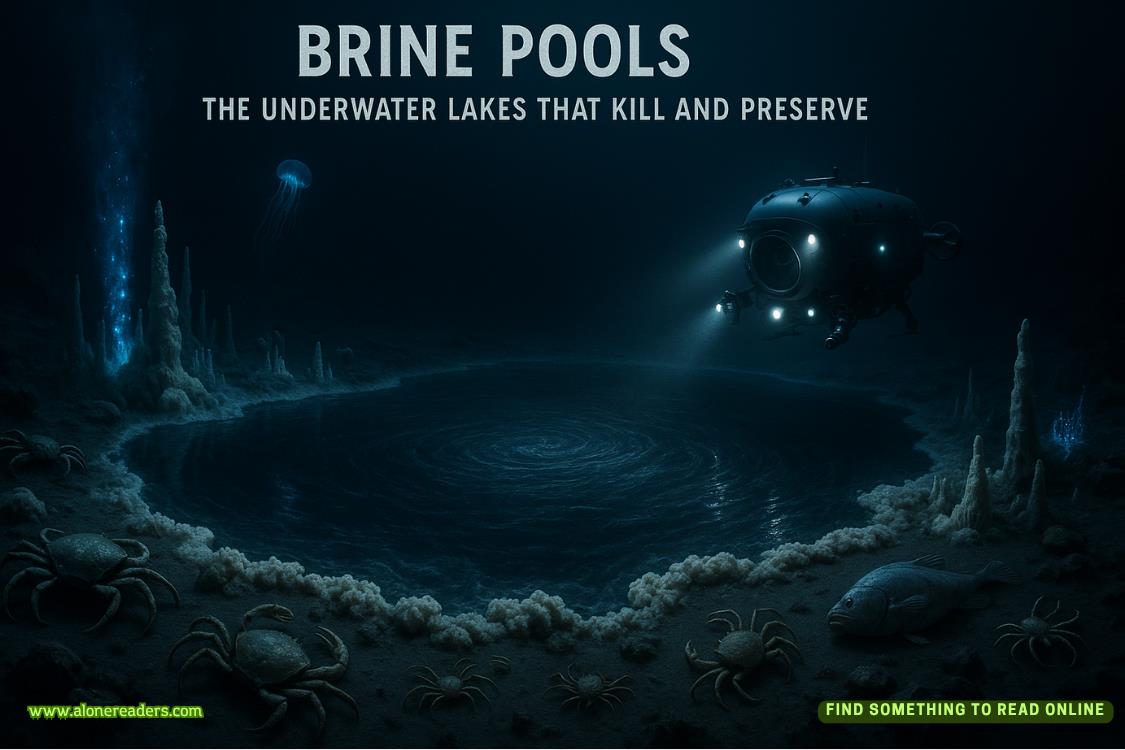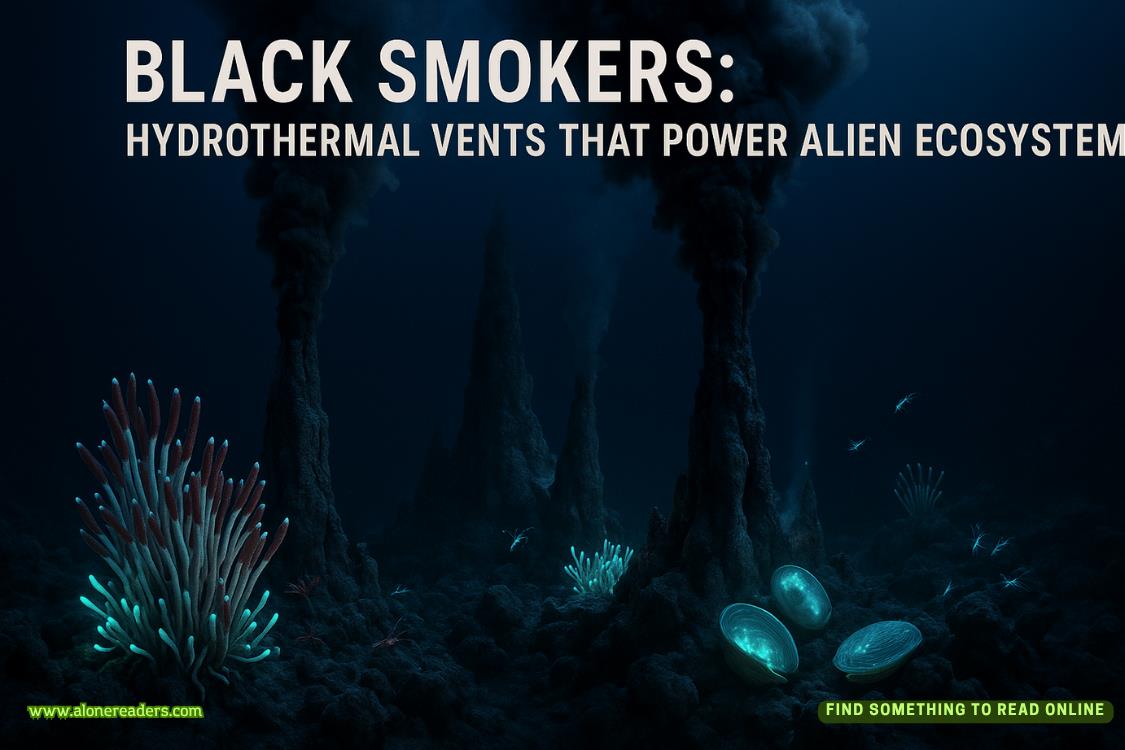Page 29 of Knot Their Fated M.U.S.E
The perfect display of empowerment.
"Be my guest," I respond simply.
Something flickers across his features—a brief expression suggesting surprise at immediate acceptance despite calculated risk assessment. The reaction confirms my initial evaluation—this alpha expects resistance rather than cooperation, caution rather than immediate alliance.
"Follow," he instructs, moving toward the center of the arena with measured steps that suggest casual repositioning rather than deliberate objective.
I hesitate only briefly before stepping past the safety line—a decision carrying calculated risk based on assessment of surveillance blind spots and guard response patterns observed during previous demonstration. The researcher remains engaged in extended consultation, attention focused on the communication system rather than observation responsibilities.
My heart pounds with a combination of strategic calculation and primal instinct as I cross a forbidden boundary, entering space designated for authorized personnel only. Alarms remain silent, confirming the assessment of surveillance limitations within this specific sector.
The Blood Prophet gestures toward central position among unconscious guards—invitation to enter the circle of neutralized threats that represents both a demonstration of capability and an offer of protection. I move through the unfamiliar territory of fallen bodies with careful steps, experiencing the environment of these individuals who face death, marking, or lifelong scarring for the first time from a participant rather than observer perspective.
By the time I reach the central position, something shifts in atmospheric pressure—a subtle change suggesting altered acoustic properties rather than actual environmental modification. Sounds from surrounding areas seem muted, communication station barely audible despite relatively close proximity.
"Specialized positioning within the acoustic dead zone," he explains, noting my recognition of environmental change. "Standard surveillance systems calibrated for peripheral monitoring rather than central coverage."
He gestures for me to sit upon a small stool I hadn't noticed previously—likely used during performance demonstrations requiring extended duration. I comply without hesitation, recognizing strategic advantage in cooperation despite unfamiliar surroundings.
For the first time, I experienced direct immersion in the environment of those subjected to institutional evaluation protocols—not as an observer protected by authority accompaniment but as a participant surrounded by evidence of systematic violence. The position should trigger a fear response given the demonstrated capability surrounding me, yet something in his demeanor inspires an opposite reaction.
I feel strangely secure despite objectively dangerous circumstances.
The Blood Prophet moves with practiced efficiency, gathering materials from fallen guards with movements suggesting long familiarity with required components. His preparation appears unhurried despite obvious time constraints imposed by the researcher's temporary absence.
"Specialized tools required for permanent implementation," he explains quietly, assembling a small collection that includes what appears to be a modified syringe system, alcohol preparation pads, and a sealed container of unknown substance.
His scent reaches me fully for the first time without barrier interference—a complex combination that defies standard alpha classification.
Where most alpha signatures carry aggressive dominance or territorial markers, his presents an entirely different profile—clean antiseptic notes layered over something reminiscent ofmountain air after an electrical storm, with an underlying foundation suggesting ancient paper and specialized ink.
The aroma creates an immediate paradoxical response—simultaneously calming the central nervous system while heightening perceptual awareness, suggesting carefully cultivated pheromone manipulation rather than natural biological expression.
He kneels before me, bringing our faces level while maintaining respectful distance that acknowledges both choice and necessity. His movements carry surreal grace despite institutional containment—elegance typically eliminated through systematic dehumanization protocols designed to reduce alphas to functional components rather than autonomous beings.
"Preparation required," he states, unwrapping an alcohol pad with precise movements. "Positioning determines significance within the designation framework."
I remain motionless as he leans forward, fingers touching my face with surprising gentleness given demonstrated capacity for lethal application of same appendages. The contact creates an unexpected sensory response—warmth spreading from the point of connection through neural pathways typically resistant to external stimulation.
The alcohol preparation feels cool against the skin beneath my left eye, precise location suggesting deliberate selection based on visibility parameters and symbolic significance rather than random placement. His fingers move with surgical precision, cleaning the area with methodical thoroughness that indicates medical training beyond institutional requirements.
"Implementation process requires controlled discomfort," he warns, assembling a modified syringe system with practiced efficiency. "Temporary sensation necessary for permanent designation."
The prepared needle appears almost microscopic compared to standard medical instruments—evidence of specialized adaptation designed for precision application rather than standard dermal penetration. The container yields dark substance with a distinctive iridescent quality, suggesting a specialized pigmentation compound rather than standard tattoo ink.
"You may experience altered perception during implementation," he continues, tone suggesting clinical observation rather than warning. "Specialized compound contains mild sensory modulators designed to enhance integration."
Translation:whatever he's about to inject contains compounds that affect neurological function beyond simple pigmentation delivery.
Under normal circumstances, such a revelation would trigger immediate rejection of procedure—potential consciousness manipulation representing unacceptable risk within a hostile environment. Yet something in his demeanor, in the connection forming between us despite institutional barriers, inspires trust transcending rational assessment.
"Proceed," I authorize quietly, a decision based on strategic necessity rather than emotional response, despite growing connection.
He nods once, acknowledgment carrying weight beyond verbal confirmation.
Then, with precision suggesting extensive practice despite institutional prohibition, he begins the implementation process—needle touching my skin with controlled pressure that registers as a pinpoint sensation rather than expected pain.
The initial contact creates sharp awareness, followed immediately by spreading warmth that defies standard pain response protocols.















